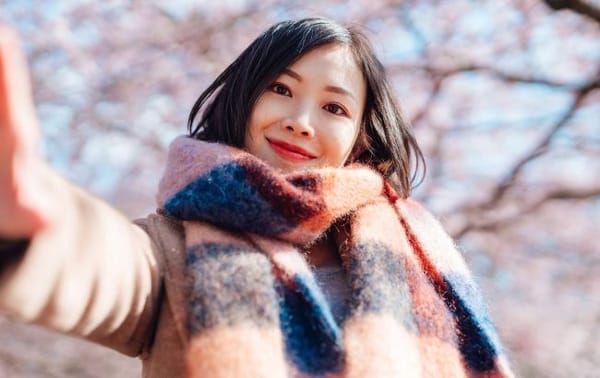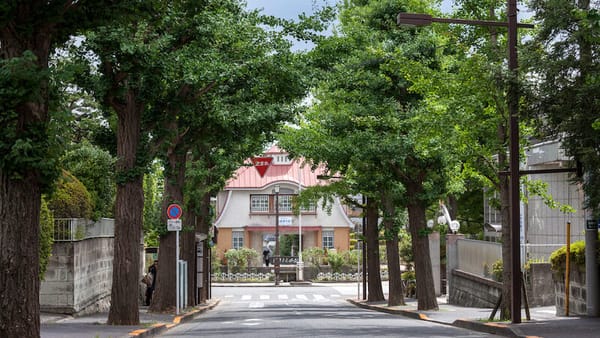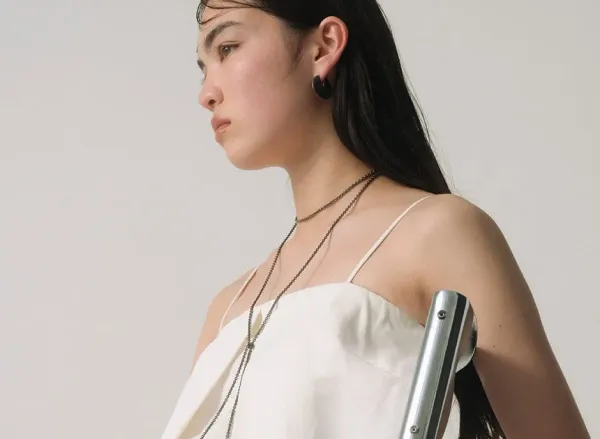The Quiet Depths: A Complete Coulecte Guide to Onsen in Japan
A poetic guide to Japan’s onsen: where steam becomes ritual, silence speaks volumes, and healing begins in stillness.

A Ritual in Steam: The Allure of Japan’s Hot Springs
A Japanese onsen is more than hot water — it’s the mineral-rich exhale of the Earth itself, transformed by centuries of custom into a ritual of restoration. Natural hot springs (温泉, onsen) are found all across Japan, from snow-covered mountains to coastal hideaways. Each one is born of underground volcanic activity, carrying with it a unique cocktail of minerals, temperature, and cultural history.
While modern bathhouses and ryokan often adapt the experience for comfort, the essence remains the same: step into an onsen and time slows, the body softens, and something ancient begins to speak.
Choosing From Forest Rotemburo to In-Room Sanctuaries
Japanese onsen come in all forms — and where you soak matters. From dramatic outdoor baths carved into cliffside forests to minimalist indoor tubs surrounded by cedar walls, each setting offers a different rhythm.
- 内風呂 (uchiburo): Indoor baths, often found in hotels, ryokan, and public bathhouses. These range from retro tiled tubs to grand modern halls.
- 露天風呂 (rotenburo): Outdoor baths. The dream is soaking in mineral steam while snowflakes fall on your eyelashes.
- 貸切風呂 (kashikiri buro) or 家族風呂 (kazoku buro): Private baths. Often found in ryokan, these are ideal for couples, families, or anyone who wants the onsen experience without communal nudity.
- 混浴 (konyoku): Mixed-gender baths. These are rare and usually remote. Some require special modesty wear.
- 足湯 (ashiyu): Foot baths. Found in onsen towns, perfect for casual dipping while sipping matcha.
Onsen Types and the Japanese Words You’ll See
Hot spring water is defined not just by temperature, but by the minerals it carries. Understanding the Japanese terms helps you anticipate how your body will respond.
- 單純温泉 (tanjun onsen) – Simple hot spring: Gentle on the skin, good for fatigue, high blood pressure, and insomnia.
- 塩化物泉 (enkaibutsu-sen) – Chloride spring: Warming, good for cuts and skin issues.
- 硬鹼泉 (iou-sen) – Sulfur spring: Smells like eggs. Great for skin and circulation, but strong—don’t overdo it.
- 丹酸水素塩泉 (tansan suisoen-sen) – Bicarbonate spring: Good for beauty and skin softening.
- 丹酸泉 (tansan-sen) – Carbonated spring: Bubbly and beautifying, though rare.
- 鉄泉 (tetsu-sen) – Iron spring: Reddish hue, helpful for anemia.
- 酸性泉 (sansei-sen) – Acidic spring: Excellent for skin, but can be irritating.
- 放射能泉 (houshanou-sen) – Radioactive spring: Contains radium or radon. Believed to help with joint and circulatory issues.
The Heat That Heals — And How Not to Overdo It
Onsen may feel divine, but they are not without risk — particularly for older adults or those with pre-existing conditions. According to a study by Japan’s Consumer Affairs Agency, over 2,000 sudden deaths occur annually in or around bathtubs, many of them involving older individuals in excessively hot water. Most cases are due to heat shock: a sudden rise in body temperature that stresses the heart.
To stay safe:
- Avoid bathing right after eating or drinking alcohol.
- Stay hydrated before and after.
- Enter the water slowly to avoid blood pressure changes.
- Limit your soak to 5–10 minutes at a time.
- If you feel dizzy or overheated, step out and cool down.
Onsen Etiquette
To enter an onsen is to enter a shared silence. This is not a pool, nor a playground. It’s a place where the body meets the earth in the most honest way. To honour that space, one must learn to move with quiet intention.
- No swimwear. Enter nude. Always.
- Wash first. Use the provided stools and showers to cleanse thoroughly before soaking.
- Keep towels out of the water. Small towels may be folded and placed on your head.
- No diving, no splashing, no phones. Speak softly, if at all.
- Hair up, head up. Don’t submerge your head.
- No children who cannot control their bladder. It’s not a waterpark; it's a sanctum. (And yes, this applies even if you think your toddler is cute.)
- Respect the stillness. Onsen are for soaking, not swimming—or social media.
Reading the Waters: Understanding Onsen Types
Each onsen is its own medicine cabinet. The water’s mineral content determines its scent, colour, and benefit. Here’s how to read the bath labels like a native—Kanji included.
| Type | Japanese | Known For |
|---|---|---|
| Simple spring | 簡易温泉 (kan'i onsen) | Gentle on the skin, good for fatigue |
| Chloride | 沙池温泉 (enshō onsen) | Moisturizing, heat-retaining |
| Sulphur | 硫温泉 (io onsen) | Acne relief, skin brightening, that eggy scent |
| Carbonated | 下田水素温泉 (tansan onsen) | Beautifying, circulation boost |
| Iron-rich | 鉄分温泉 (tetsubun onsen) | Warming, mineral replenishing |
| Acidic | 酸性温泉 (sansei onsen) | Antibacterial, powerful, not for sensitive skin |
| Radioactive | 温泉気体 (hōshasen onsen) | Therapeutic for blood pressure, joint pain |
Note: Each bathhouse should list the water type. If you're unsure, ask: この温泉はどんな成分ですか?(Kono onsen wa donna seibun desu ka?)
Choosing Your Onsen Experience
There is a poetry to the spaces that hold water. Choose yours with care:
- 内食ぶろ (uchiburo): Indoor baths, classic and controlled, often with wood or ceramic.
- 露天ぶろ (rotenburo): Outdoor baths, where mist mingles with pine trees or snowfall.
- 混母温泉 (konyoku): Mixed-gender baths. Traditional. Remote. Usually robe-optional.
- 私民ぶろ (kashikiri buro): Private baths. For families, lovers, the modest. Book in advance.
- 足温 (ashiyu): Foot baths. Free. Found on streets in resort towns. Perfect pause.
- 瀕泉ぶろ (takiyu): Waterfall baths. For shoulder relief and cinematic moments.
- 砂泉 (sunaburo): Sand baths. Bury, steam, emerge renewed.
- 蒸しぶろ (mushiburo): Steam boxes. Think sauna, but softer.
- 泥ぶろ (doroyu): Mud baths. Rare. Earthy. Found in Kyushu’s wilder regions.
Before You Soak: Health & Safety Rituals
The water heals—but it demands respect. Japan sees around 19,000 bath-related deaths per year, mostly among the elderly. Heat shock, dehydration, and sudden blood pressure drops are real concerns. Here’s how to stay safe:
- Avoid bathing right after a heavy meal or alcohol.
- Stay hydrated.
- Take breaks between baths.
- Don’t stay in longer than 10-15 minutes at a time.
- If you feel dizzy or lightheaded, exit immediately.
When in doubt: listen to your body, not the clock.
A Closing Soak
Onsen are where Japan unbuttons its precision and returns to source. To bathe here is to join a lineage older than words—one that trusts stillness, slowness, and sensation. Don’t rush it. Don’t filter it. Let the minerals cling. Let your breath sync with the steam.
And as you walk out into the evening air, towel-damp and soul-warm, don’t be surprised if you feel like more than yourself. That’s onsen magic. It always gives back more than it takes.
Follow us on Instagram @coulecte and YouTube @coulectejapan for more soulful guides and cultural rituals. Don’t forget to sign up for our newsletter to get curated content delivered straight to your inbox.





